נחלות כלל כאזורי מגע: לאחר דוקומנטה חמש־עשרה
נורה שטרנפלד
תיק הדוקומנטה נפתח במסה שכתבה נורה שטרנפלד במיוחד לתיאוריה וביקורת. שטרנפלד, חוקרת ומרצה באקדמיה לאמנויות בהמבורג, כיהנה כפרופסורית הדוקומנטה באקדמיה לאמנות בקאסל כאשר אנשי הקולקטיב האינדונזי רוּאַנְגרוּפָּה נבחרו לאצור את דוקומנטה חמש־עשרה, ומאז הייתה בקשרים הדוקים עם כמה מהם. במסה היא מתארת את השינויים העקרוניים שהובילו רואנגרופה במבנה הדוקומנטה: עשייה קולקטיבית, עיסוק בתשתיות, יצירה שיתופית והתערוכה כנחלת כלל. היא עומדת על המעבר מתערוכה המבוססת על ייצוג של עמדות חברתיות לתערוכה המובילה ארגון מחודש של המרחב החברתי, שכבר אינו מנוסח דרך הקונפליקטים המאפיינים אותו. אולם מה קורה, שואלת שטרנפלד, כאשר בתערוכה כזאת מתעורר קונפליקט שמארגן את השיח סביבה? כזאת הייתה שערוריית האנטישמיות, ובה שטרנפלד דנה במבט היסטורי רחב – מהדוקומנטה הראשונה בשנת 1955, שביקשה להשיב את גרמניה לחיק התרבות ולהיפרע מעברה הנאצי אבל למעשה נותרה אחוזה בו באופנים רבים, ועד לשאלה שריחפה מעל דוקומנטה חמש־עשרה: האם גם כעבור שמונים שנה, וגם כאשר אוצר את התערוכה קולקטיב אמנים מאינדונזיה, רוחות הרפאים האנטישמיות ממשיכות לפקוד אותה? שטרנפלד כותבת על האפשרות שלא לברוח מן הקונפליקט אלא לחיות אותו, אבל בדרך לא אגוניסטית, אלא באופן שמתרגם את העימותים לאזורי מגע מתוחים. את זאת היא עושה כשחקנית פעילה בשדה האמנות בגרמניה שנדרשה לכך ביתר שאת בשנה שאחרי הדוקומנטה.


